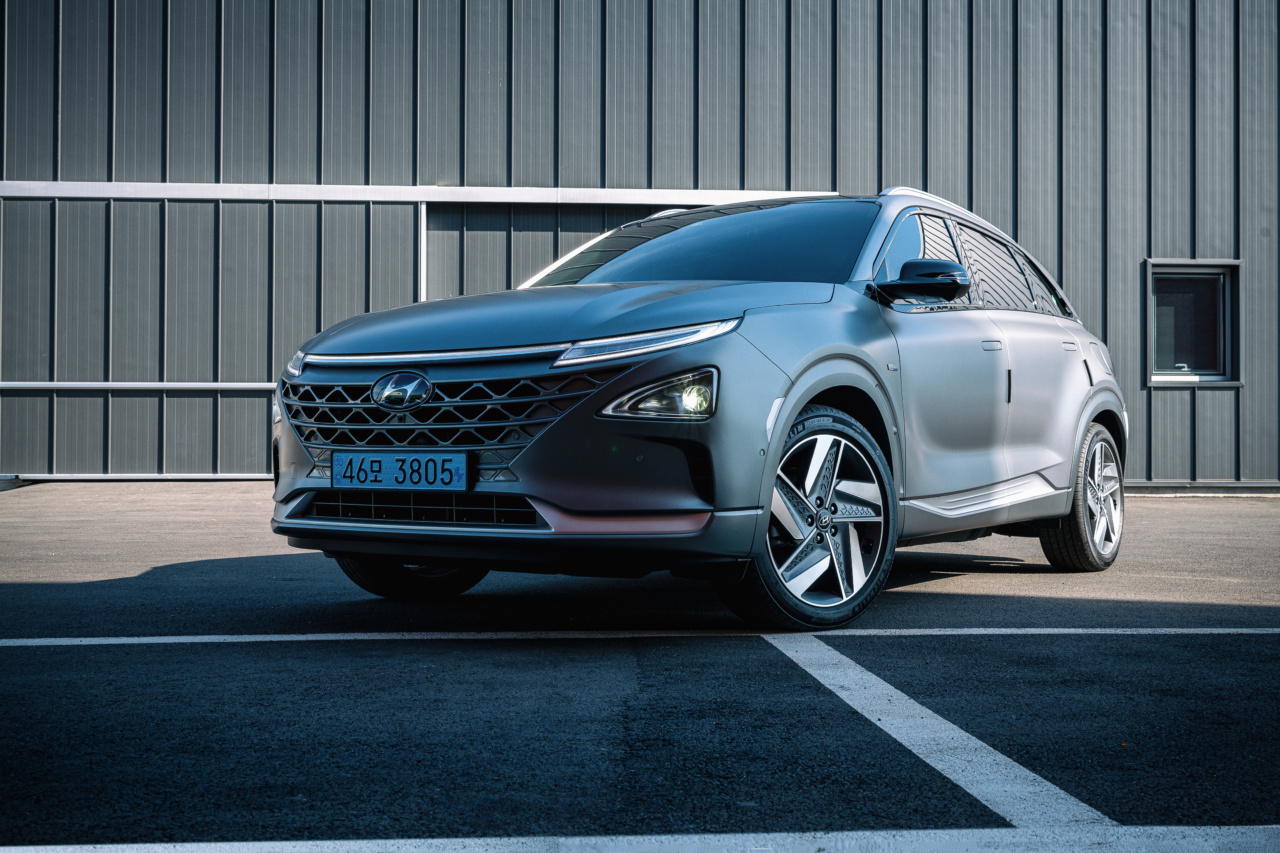Varicose veins are a common condition characterized by enlarged, twisted veins that often appear on the legs and can cause pain, discomfort, and cosmetic concerns.
For many years, treatment options for varicose veins primarily involved surgical procedures that were invasive and required long recovery times. However, advancements in medical technology have led to the development of innovative non-surgical treatments that provide effective management of varicose veins without the need for extensive procedures.
In this article, we will explore the latest innovations for managing varicose veins.
1. Endovenous Laser Ablation (EVLA)
Endovenous laser ablation, also known as EVLA, is a minimally invasive treatment option for varicose veins. It involves the use of laser energy to close the problematic veins.
During the procedure, a laser fiber is inserted into the affected vein through a small incision. The laser emits heat, which causes the vein to collapse and seal shut. The blood flow is then redirected to healthier veins, improving overall circulation.
EVLA is a highly effective treatment with minimal downtime, making it a popular choice among patients.
2. Radiofrequency Ablation (RFA)
Radiofrequency ablation, or RFA, is another minimally invasive treatment option for varicose veins. It utilizes radiofrequency energy to heat and close the affected veins.
Similar to EVLA, a thin catheter is inserted into the problematic vein, and the radiofrequency energy is delivered. The heat causes the vein walls to collapse, and the body naturally absorbs the closed vein over time. RFA is a safe and effective alternative to surgical procedures, providing long-lasting relief from varicose veins.
3. Foam Sclerotherapy
Foam sclerotherapy is a non-surgical treatment option for varicose veins, particularly suitable for larger, more tortuous veins. It involves injecting a foam solution directly into the affected vein.
The foam displaces the blood within the vein and causes irritation, leading to the closure of the vein. Foam sclerotherapy is a highly targeted treatment that allows for precise control and customization, making it an excellent option for managing varicose veins.
4. VenaSeal
VenaSeal is a newer treatment option for varicose veins that utilizes medical adhesive to close the affected veins. A small catheter is inserted into the vein, and the adhesive is delivered.
The adhesive effectively seals the vein shut, and the blood flow is rerouted to healthier veins. VenaSeal is a minimally invasive procedure that requires no local anesthesia, providing a quick and comfortable treatment experience for patients.
5. ClariVein
ClariVein is a unique treatment option for varicose veins that combines mechanical and chemical ablation techniques.
It involves the use of a rotating wire tip that delivers a sclerosant (a chemical that causes closure of veins) directly to the affected vein. The mechanical motion of the wire irritates the vein while the sclerosant causes closure. ClariVein offers a comprehensive approach to varicose vein treatment, providing efficient and long-lasting results.
6. Varithena
Varithena is a foam sclerosant that is specifically formulated for the treatment of varicose veins. It is administered through a small catheter directly into the affected vein.
The foam displaces the blood within the vein and causes irritation, leading to closure. Varithena provides consistent and reliable results, offering patients a minimally invasive treatment option for varicose veins.
7. Cryoablation
Cryoablation is an innovative treatment option for varicose veins that involves freezing the affected veins. A small probe is inserted into the vein, and extreme cold is applied, causing the vein to freeze and ultimately close.
Cryoablation is a safe and effective treatment that provides long-term relief from varicose veins. It is well-tolerated by patients and typically requires minimal downtime.
8. Laser Therapy
Laser therapy for varicose veins involves the use of intense bursts of laser light to selectively heat and close the problematic veins. The laser energy targets the hemoglobin (pigment) in the blood, causing the vein to collapse and seal shut.
Laser therapy is a non-invasive treatment option that provides targeted and precise results. It is well-suited for smaller varicose veins and is often combined with other treatments for comprehensive management.
9. Microphlebectomy
Microphlebectomy is a minimally invasive surgical technique used in the treatment of varicose veins. It involves the removal of bulging varicose veins through tiny incisions.
Special hooks or a phlebectomy device are used to extract the veins through the small incisions. Microphlebectomy is typically performed under local anesthesia and is associated with minimal scarring and a quick recovery. It is an effective treatment option for larger or more complex varicose veins.
10. Lifestyle Modifications
While the above-mentioned innovations provide effective management options for varicose veins, incorporating certain lifestyle modifications can also help in preventing and reducing the severity of varicose veins.
These modifications include regular exercise, maintaining a healthy weight, avoiding prolonged periods of standing or sitting, elevating the legs when resting, wearing compression stockings, and avoiding tight clothing that restricts blood flow. These lifestyle changes can support overall vein health and contribute to the success of the treatment options discussed.



























